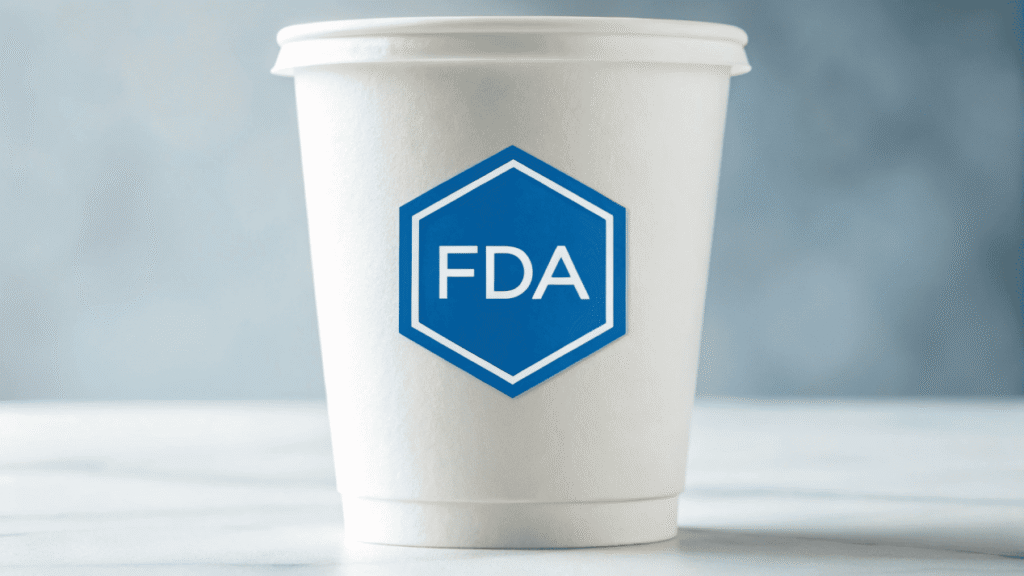You assume your paper cups are safe, but hidden compliance issues can harm customers and your brand. This is a risk you simply cannot afford to take.
Guarantee food safety by demanding certifications like FDA and BRCGS. Ensure your supplier uses food-grade inks and correct paperboard thickness for each cup size. Finally, only partner with suppliers who welcome audits.

As an engineer, food safety isn't just a rulebook to me; it's the foundation of everything we build. The cup itself is the very first "ingredient" your customer experiences. Your brand name is on that cup. My factory's reputation is inside it. The trust your customer has in you is what holds it all together. So, how do we build that trust from the ground up? It starts with looking for verifiable proof, not just believing empty promises.
What Certifications Actually Prove a Paper Cup is Safe?
Your supplier says their cups are "food-grade." But this is a vague promise. Without proof, you are simply trusting their word and risking everything on it.
The most important certifications are FDA approval for materials, BRCGS for the manufacturing process, and ISO 9001 for quality systems. These are proof of world-class safety, not just marketing claims.
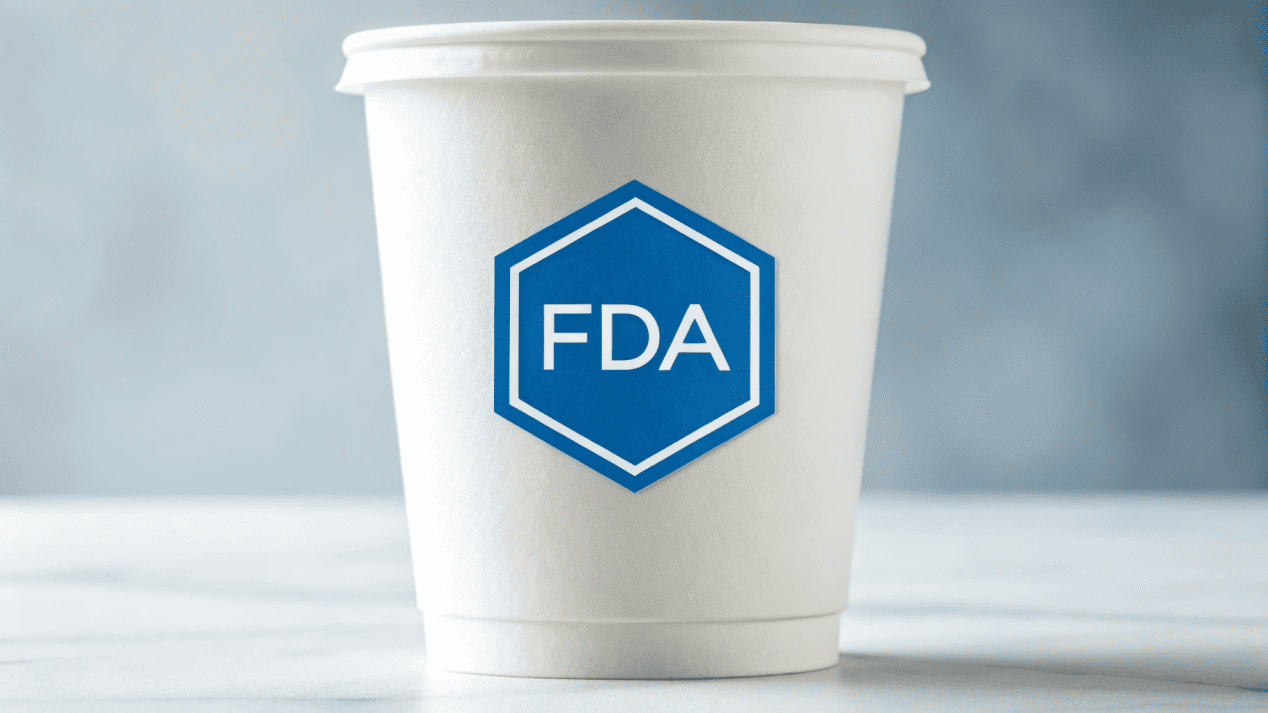
Any supplier can use the term "food-grade." It's an easy marketing phrase. But as someone who has built my career on precision and facts, I need to see the data. I explain to my clients all the time that you must ask for the paperwork. These certifications are not just logos to put on a website; they are hard-won benchmarks of a system designed to protect you and your customers.
| Certification | What It Covers | Why It Matters to You |
|---|---|---|
| FDA | The raw materials (paper, coatings, inks) | Guarantees the basic components won't leach harmful chemicals into your customer's drink. It's the essential starting point. |
| BRCGS | The entire factory and manufacturing process | Proves the production environment is hygienic, preventing contamination from dust or foreign objects. This protects against immediate safety hazards. |
| ISO 9001 | The Quality Management System | Shows we have documented, repeatable processes. This ensures every cup in your order meets the same high standard of quality and safety. |
Think of it this way: FDA covers the ingredients, BRCGS covers the kitchen's cleanliness, and ISO 9001 covers the recipe's consistency. You need all three for a safe final product.
How Can Your Cup's Branding Create a Safety Risk?
Your vibrant logo looks amazing. But what if the ink used to print it could seep into the drink, creating a bad taste or, even worse, a health risk?
Yes, it can, if the wrong inks are used. It is essential to use only food-grade, low-migration inks. A reputable supplier will always prioritize ink safety over color vibrancy.
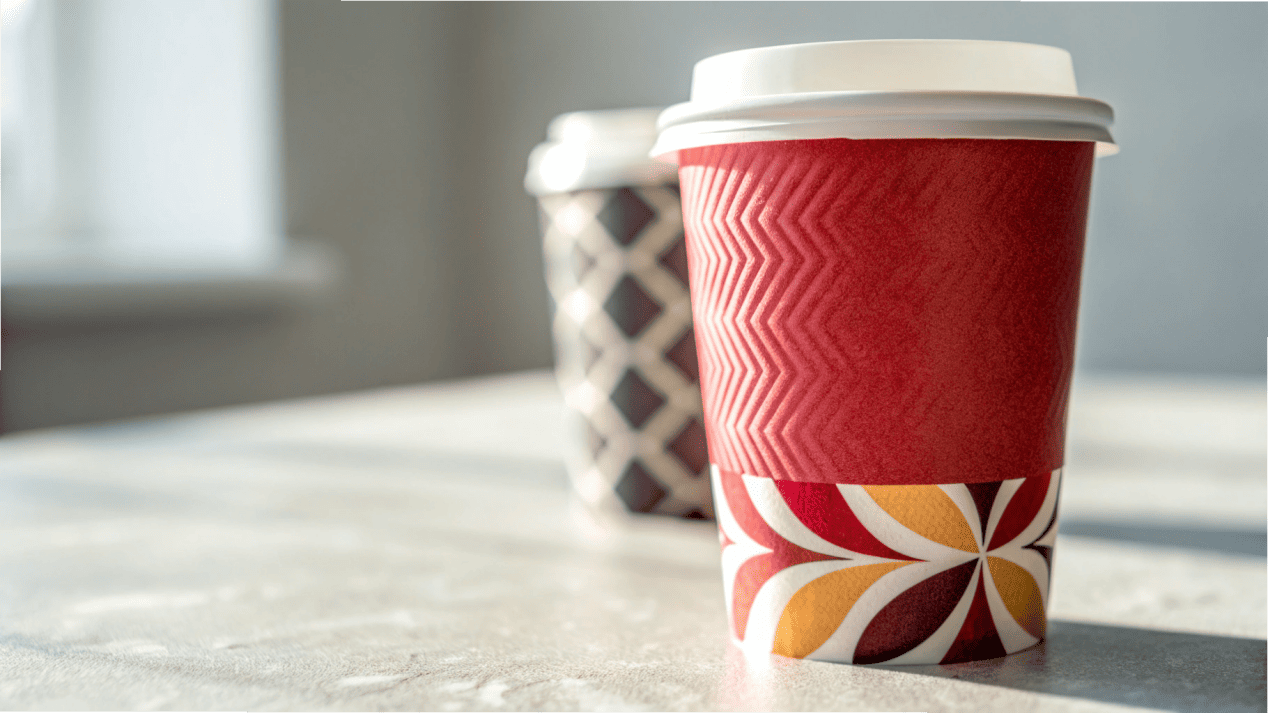
I get this question all the time from brands who want bright, bold colors. They see a beautiful cup and worry if it’s safe. My answer is always the same: an amazing design is crucial, but it can never, ever compromise safety. We exclusively use inks that are specifically formulated to be food-grade. This means they are low-odor and, most importantly, "low-migration." "Migration" is the technical term for the tiny risk that components from the ink could travel through the paper fibers and into the drink. We prevent this in two ways: first, by using these special inks, and second, by using advanced curing processes that lock the ink onto the outer surface of the cup. For us, a successful print job is one that is both visually stunning and absolutely inert. Your customer should never taste or smell anything other than the wonderful beverage you have prepared for them. That is completely non-negotiable.
Does the Size of a Paper Cup Affect Its Safety?
You use one supplier for all your cup sizes. But a large cup that feels flimsy is a lawsuit waiting to happen, threatening burns and serious brand damage.
Yes, size is a critical physical safety factor. A larger cup requires thicker, heavier paperboard (higher grammage) to safely support the liquid's weight and heat without collapsing.
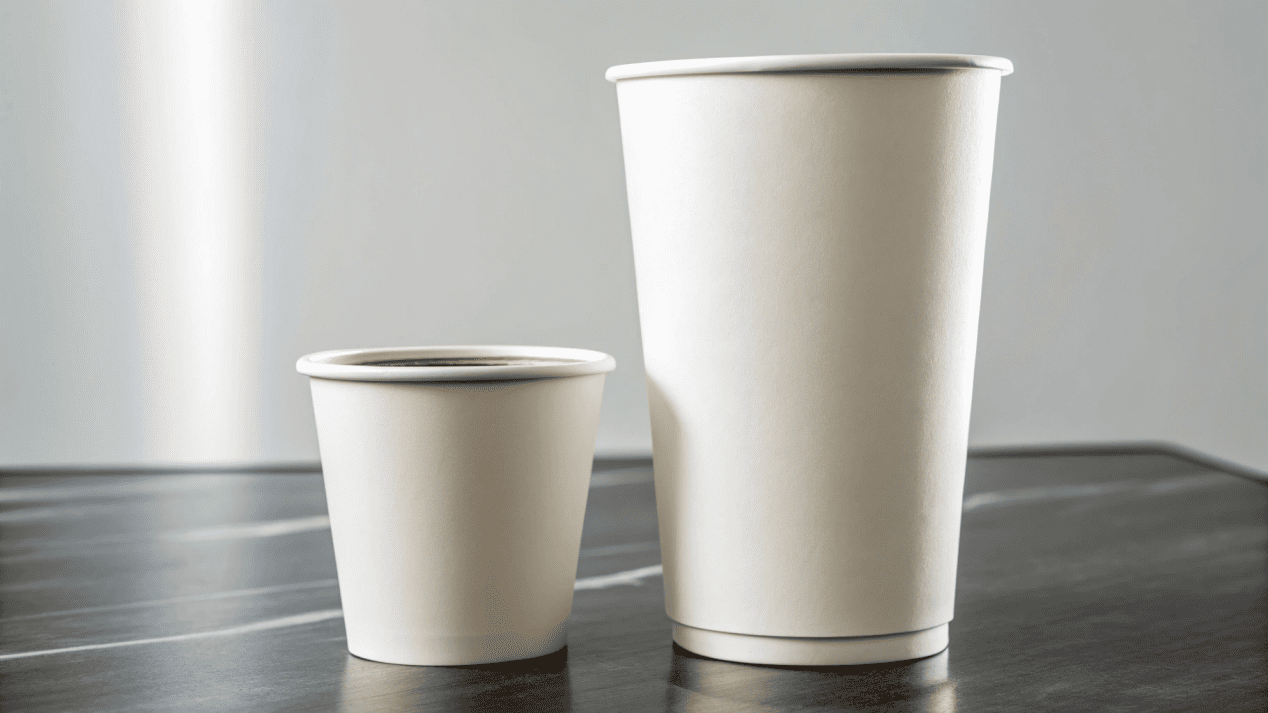
This is where my mechanical engineering background becomes really important. Food safety isn't just about chemistry; it's also about physics. Think of a cup as a small structure. The weight and heat of the liquid inside create stress on the walls. A small 4oz espresso cup doesn't hold much liquid, so the stress is low. But a large 22oz cup holds a lot of hot liquid, and the forces are much greater. We must use a paperboard with a higher "grammage"—meaning it is thicker and heavier—to handle this extra stress. Choosing the wrong grammage for a large cup is a recipe for disaster. The cup can become soft, lose its shape, and potentially collapse in a customer's hand. This isn't just a mess; it's a serious burn hazard. While the chemical safety of the materials is the same for all sizes, the structural safety must be engineered specifically for each volume.
How Do You Really Know a Supplier Is Following the Rules?
Certificates look good on paper, but they can be old. How do you know your supplier is still following safety protocols today, right now, on your production run?
You must audit them. A responsible brand verifies with their own eyes. A good supplier welcomes audits and proudly shows their systems. A supplier who makes excuses is a major red flag.
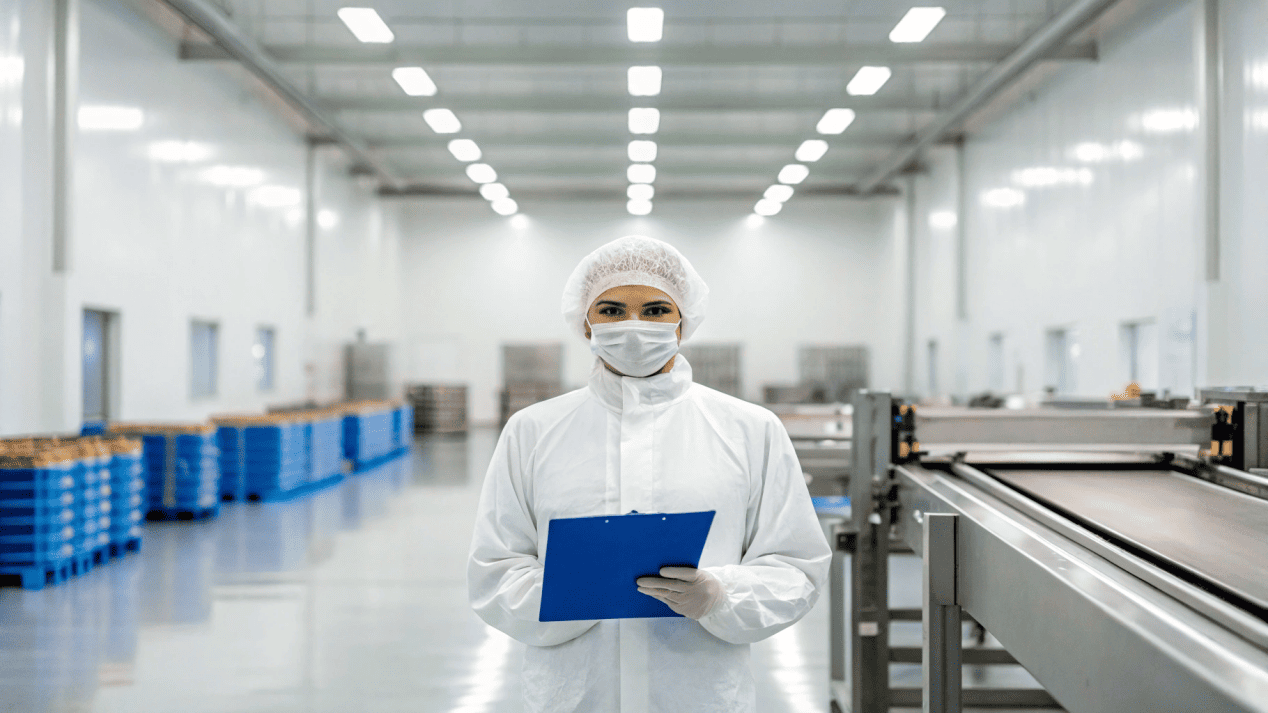
I am proud when clients want to audit my factory. It shows they are serious about their brand, and it gives me a chance to prove our commitment. Certificates are like a diploma on the wall; they show you passed a test in the past. An audit is like sitting in the class and watching the teacher work. It's a live verification. When clients visit us at Haokelao, I am proud to show them our systems in action:
- Traceability in Action: We can pull a single cup from a box and, within minutes, show them the exact roll of paper and batch of ink it came from.
- A Clean Environment: They can see our documented pest control, our organized workflows, and our strict rules against foreign contaminants.
- People and Process: They see our employees following hygiene protocols and our Quality Control team performing checks at every stage of production.
A supplier who is truly committed to food safety has absolutely nothing to hide. In fact, we welcome the scrutiny. It is the best way to prove that our promises are real.
Conclusion
True food safety combines certified materials, correct engineering for size, and partnering with a transparent manufacturer whom you can audit. This protects your brand and your customers.
